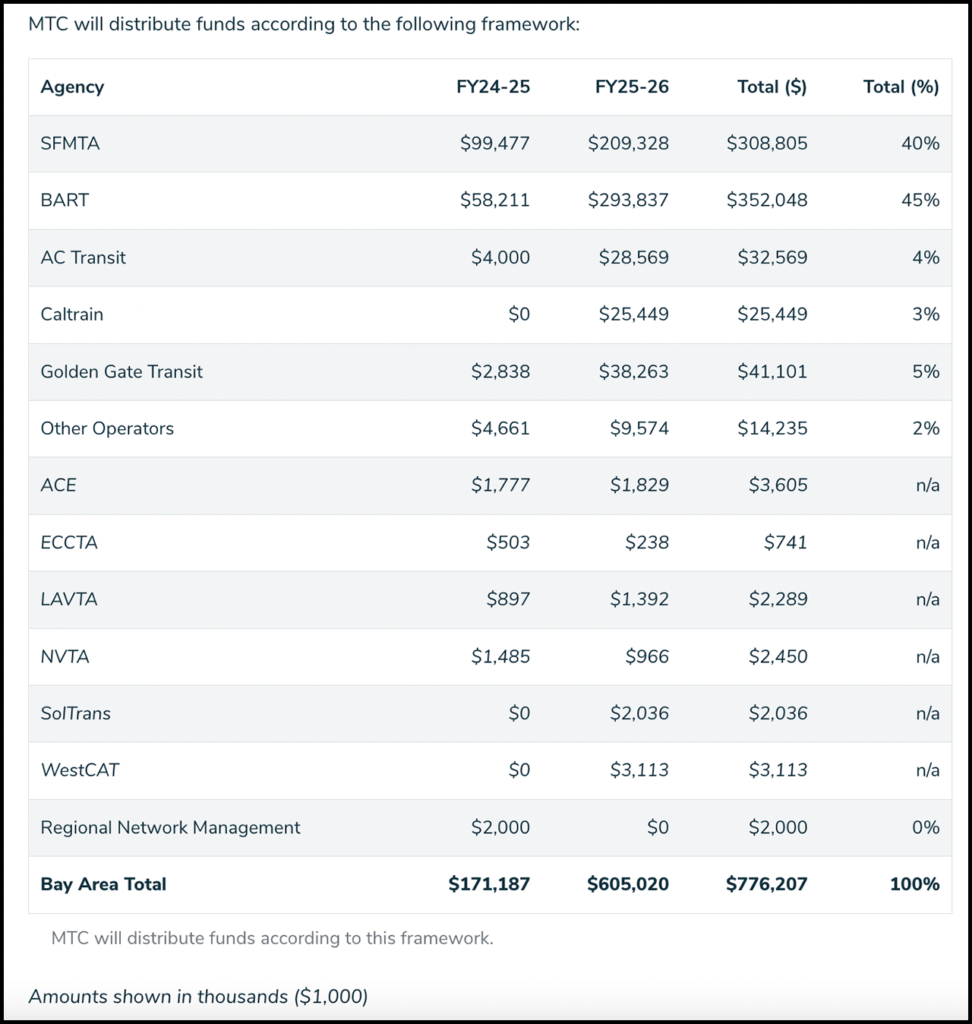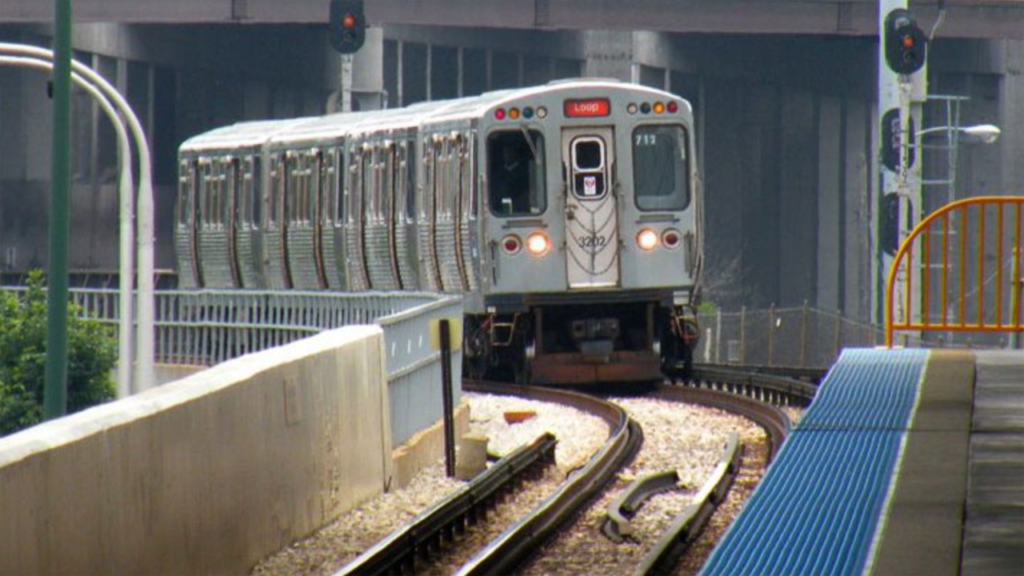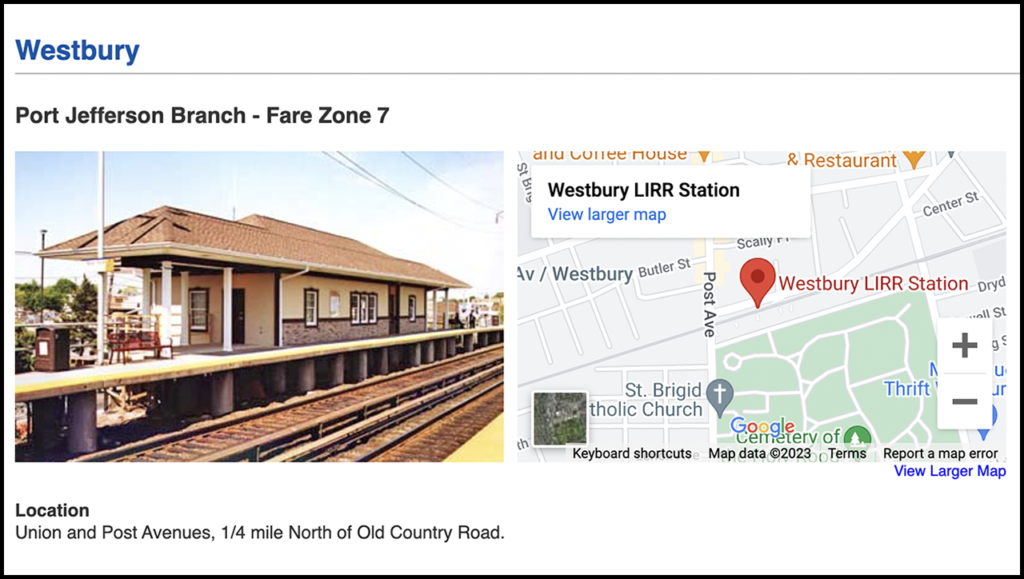
Transit Briefs: MTC, CTA, LIRR, PANY/NJ
Written by Marybeth Luczak, Executive Editor![“This [emergency transit operations] funding [plan] from the MTC supports BART’s new Safe and Clean Plan to welcome riders back to our system and it buys us time to explore a sustainable funding model while avoiding devasting service cuts,” San Francisco Bay Area Transit District (BART) General Manager Bob Powers said Nov. 15.](https://www.railwayage.com/wp-content/uploads/2023/11/giorgio-trovato-G_OrUEadUzo-unsplash-1.jpeg)
“This [emergency transit operations] funding [plan] from the MTC supports BART’s new Safe and Clean Plan to welcome riders back to our system and it buys us time to explore a sustainable funding model while avoiding devasting service cuts,” San Francisco Bay Area Transit District (BART) General Manager Bob Powers said Nov. 15.
California’s Metropolitan Transportation Commission (MTC) approves an emergency transit operations funding plan. Also, the Chicago Transit Authority (CTA) extends its partnership with City of Chicago to provide outreach and assistance to unhoused riders; the village of Westbury, N.Y., completes a rezoning project to promote transit-oriented development near MTA Long Island Rail Road (LIRR); and Port Authority of New York and New Jersey (PANY/NJ) releases proposed 2024 budget that advances a new PATH fare payment system and the development of a new AirTrain Newark system.
MTC
MTC on Nov. 15 reported approving an emergency transit operations funding plan that, if approved by the state, will use state and regional funds for transit operations “to address Bay Area transit agencies’ most dire funding shortfalls and help them avoid service cuts.”
According to MTC, it has approved “the principles informing the funding distribution, the funding distribution framework, and regional accountability measures” for funding from the Transit and Intercity Rail Program (TIRCP), Zero-Emission Transit Capital Program (ZETCP), and various regional funding sources according to the guidelines described in Senate Bill (SB) 125. The resolution, MTC said, also makes the transit agency Boards’ acceptance of the accountability guidelines a requirement for receiving the funds. The actual distribution of funds is subject to the submittal of these documents to the California State Transportation Agency (CalSTA) and CalSTA’s approval of the documents.
“Distribution amounts will be reassessed annually to respond to changing conditions, and the disbursement of operating funds will be contingent upon transit agencies meeting or making significant progress toward a set of accountability requirements, including customer experience and efficiency enhancements,” MTC reported. “For all agencies receiving emergency operating money, the accountability requirements will include participation in ongoing Transit Transformation Action Plan initiatives, and implementation of schedule coordination and real-time transit data improvements. Other accountability requirements are specific to individual operators and focus on safety and security, fare evasion reduction, and comprehensive service improvements.”
MTC said that under this plan it will contribute an additional $300 million in regional funds to help address the funding shortfall and to keep transit operational.

California Gov. Gavin Newsom in June signed into law California’s fiscal 2023-24 state budget, which includes $1.1 billion in flexible transportation funding to help support transit operations. “The state investment will help transit agencies avoid a near-term ‘fiscal cliff’ that has resulted from the COVID-19 pandemic and associated changes in travel patterns and that likely would have led to deep service cuts as early as this year by Muni, BART and other agencies whose fare revenues remain well below pre-pandemic levels,” MTC reported.
SB 125 also requires that MTC collect and summarize data from transit operators on a variety of topics, including expenditures on safety, opportunities for enhanced coordination and improvements, and monthly ridership statistics. MTC said that it must submit by June 30, 2026, a Long-Term Financial Plan that demonstrates the implementation of ridership recovery strategies and provides a five-year operating funding outlook.
To meet the Dec. 31, 2023, deadline to submit materials to CalSTA, “staff will return to the Commission in December to request adoption of the Short-Term Financial Plan,” said MTC, which will receive FY 2023-24 SB 125 funds no later than April 30, 2024, and will be eligible to receive FY 2024-25 funds early in that fiscal year, pending CalSTA’s review of MTC’s allocation package.
San Francisco Bay Area Transit District (BART) General Manager Bob Powers said: “This funding from the MTC supports BART’s new Safe and Clean Plan to welcome riders back to our system and it buys us time to explore a sustainable funding model while avoiding devastating service cuts. Our latest data shows our investments are paying off with great improvements in reliability and police presence. BART is also committed to continue working with all Bay Area transit agencies on transformational improvements that will improve service for transit dependent riders and make it easy for people to ditch their cars and take transit instead. We want to thank the Commission for their approval of these funds and their leadership throughout this process.”
San Francisco Municipal Transportation Agency (SFMTA) Director of Transportation Jeffrey Tumlin said: “This is very good news for the nearly half a million people who ride Muni every single day. It gives Bay Area transit agencies more time to recover from the impact of the pandemic, which changed commute patterns and is still taking an economic toll on downtown San Francisco. These funds will keep Muni financially stable for longer than we had expected provided that we don’t expand Muni service beyond current levels. We’d like to thank MTC, the state legislature and the governor for their actions to make this happen. We’re proud that despite our financial challenges, Muni service is safe, clean, fast, frequent and reliable—and we plan to keep it that way.”
Caltrain Executive Director Michelle Bouchard said: “We are grateful to our state leaders for securing these funds and to MTC for the proposed FY 26 allocation to Caltrain that will allow us to continue working with our regional partners to coordinate an easy and integrated experience for Bay Area transit riders. With the launch of electrified service next year, Caltrain will greatly improve our service and the rider experience. Electrification will mean up to 25 minutes in time savings on local trips and increase of service to all the stations, including half hour service during weekends and off-peak hours. The trains will have wi-fi, power outlets at every seat and new safety features. We are proud to keep working on a world-class, modern and climate friendly system that the region deserves.”
CTA

The Chicago Transit Board on Nov. 15 approved the extension of an intergovernmental agreement between CTA and the Chicago Department of Family & Support Services (DFSS) to provide additional outreach and support services for unhoused riders.
The Board’s action allows CTA and DFSS to continue building on a partnership that began last fall, enabling social service agencies, working under DFSS, to ride trains and visit rail stations to engage individuals experiencing homelessness, and to offer connections to housing, support services and “harm-reduction” materials.
Per the terms of the agreement, CTA will provide up to $2 million to DFSS for added outreach efforts in 2024, including referrals for temporary and permanent housing, mental-health services, and substance-abuse treatment.
CTA said that based on customer feedback it has seen a drop in complaints regarding issues related to homelessness on CTA property; specifically, over the winter months, there were almost half as many complaints as there were in 2022, prior to the agreement and additional financial support from CTA.
“The first year of this partnership showed tangible results, connecting the unhoused on our transit system to housing and other social services,” CTA President Dorval R. Carter Jr. said. “This partnership led to over 5,000 interactions with unhoused riders, providing 80 placements for shelter in addition to permanent housing for 30 people. The CTA is committed to approaching the issue of homelessness with compassion, and this partnership has provided compassion and valuable help to people who need it.”
“Thanks to this partnership, we are able to provide those experiencing homelessness with resources to meet their immediate needs and offer shelter and long-term support around challenges such as mental health and substance use disorders,” DFSS Commissioner Brandie Knazze said. “We are able to do this work by meeting them where they are in their moment of need.”
LIRR

The village of Westbury, N.Y., has completed six projects funded under the state’s Downtown Revitalization Initiative. Among them: rezoning downtown. Westbury was awarded $970,000 to rezone 52 acres of blighted property adjacent to its LIRR station to promote transit-oriented development (TOD), allow for a mix of residential and commercial uses, and encourage increased density near the LIRR Station. According to the New York Governor’s Office, the TOD zoning is already spurring new housing and retail adjacent to the station, such as “The Cornerstone Westbury,” which is bringing 130 rental units to downtown Westbury, 18 of which will be affordable units. Several other TOD developments are in the early planning phases, including the MTA’s TOD site on its lot on the southside of the tracks.
“The revitalization of downtown Westbury is linked with the MTA’s Third Track project, which allowed the LIRR to increase service to Westbury by 29 additional trains per day, rebuilt the Westbury station, and replaced the Post Avenue Bridge to eliminate strikes from over-height trucks,” MTA Chair and CEO Janno Lieber said. “When we invest in transit, we invest in downtown revitalization, making walkable communities like Westbury a more attractive place to live, do business, and visit.”
PANY/NJ
PANY/NJ on Nov. 15 released its proposed $9.3 billion 2024 budget, which consists of $3.9 billion in operating expenses, $3.6 billion in capital expenses, and $1.8 billion for debt service and deferred expenses (see above).
According to the agency, the proposed $3.6 billion capital budget will support these rail-related projects:
- Replacement of PATH’s current fare collection system with a modern “tap-and-go” system.
- Development of a new AirTrain Newark system to replace the current outmoded system serving Newark Liberty International Airport, as well as advancement of the EWR Station access project that will expand rail and airport access for underserved Newark and Elizabeth communities.
PANY/NJ reported that $66 million of “special purpose spending is necessary for incremental costs associated with new or expanded facilities, required security investments, new PATH system state of good repair work, and operational investments.”
Additionally, automatic inflation-based adjustments are scheduled for implementation at the bridges and tunnels on Jan. 7, 2024, and at AirTrain rail systems on March 3, 2024, as established by three resolutions of the Port Authority’s Board of Commissioners (2008, 2011, 2019). From September 2022 through September 2023, the consumer price index increased 3.7%, which triggered an annual automatic inflation-based bridge and tunnel toll adjustment of $0.63, as well as an AirTrain fare increase of $0.25, the agency said.
Fares at PATH remain at their current level. Discount bridge and tunnel toll and AirTrain fare plans will continue to remain in effect.



